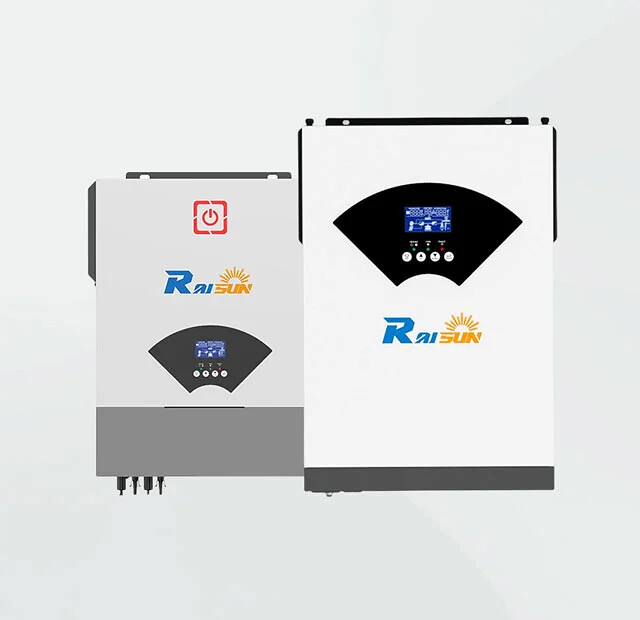High Frequency PCB for High-density Interconnect-Printed Circuit Boards (HDI-PCB) in RF and LED Applications
Introduction:
In the world of advanced technology, high-frequency circuit boards play a vital role in various industries. The demand for these High Frequency PCB specialized PCBs is increasing rapidly due to their exceptional performance in applications that require high-speed data transfer and signal integrity. This article will delve into the manufacturing process, characteristics, advantages, methods of use, how to select this product wisely, and our concluding thoughts on high-frequency PCBs.
Manufacturing Process:
High-frequency circuit boards are manufactured using specialized techniques to meet stringent requirements. The first step involves High-frequency PCB manufacturer selecting a suitable substrate material such as polytetrafluoroethylene (PTFE), which exhibits low dielectric loss and excellent thermal stability. Multiple layers of copper foil are then laminated onto the substrate using advanced bonding technologies like adhesiveless lamination or plasma treatment processes.
Characteristics:
HDI-PCBs possess several unique characteristics that distinguish them from traditional circuit board

s. Firstly, they feature fine traces and spaces that enable compact designs with increased routing density. HF circuit board (High-frequency circuit board) This characteristic is particularly useful in miniaturized electronic devices where space optimization is crucial. Secondly, HDI-PCBs exhibit superior signal transmission capabilities along with reduced noise interference at higher frequencies due to their enhanced impedance control properties.
Advantages:
The adoption of High-Frequency PCBs offers several advantages for modern electronic systems design. These inclu LED PCB manufacturer de improved electrical performance at higher frequencies while maintaining signal integrity and low insertion loss essential for critical applications such as wireless communication systems or radar devices.
Additionally, these boards contribute substantially towards reducing electromagnetic interference (EMI) through effective EMI shielding layout practices during manufacturing.
Usage Methods:
To extract maximum benefit EMI/EMC PCB (Electromagnetic Interference/Electromagnetic Compatibility PCB) s from High-Frequency PCBs, it’s essential to follow proper usage methods during design implementation stages onwards.
1. Carefully analyze your specific application requirements
2. Utilize appropriate software tools to simulate signal behavior on the PCB
3. Optimize dielectric layer thickness and stack-up design for controlled impedance
4. Apply best practices for grounding techniques and EMI shielding
5. Perform thorough testing and validation of circuit response under various operating conditions
Selecting the R High Frequency PCB ight Product:
When selecting a high-frequency PCB manufacturer, it’s crucial to consider their experience, expertise, and reputation in producing reliable products meeting stringent quality st High Frequency PCB andards. Look for companies that invest in advanced manufacturing equipment capable of handling specialized requirements for multi-layered high-frequency boards.
Furthermore, ensure they have an established track record of delivering on-time with exceptional customer support.
Conclusion:
High Frequency PCBs or High-Density Interconnect-Printed Circuit Boards (HDI-PCB) are indispensable components in modern electronic systems demandin HDI-PCB (High Density Interconnect-Printed Circuit Board) g fast data transfer rates while maintaining signal integrity. Their superior electrical performance at higher frequencies coupled with reduced EMI makes them ideal for applications such as RF communication systems and LED technology.
By following appropriate usage methods and partnering with experienced manufacturers, you can unlock the true potential of these advanced circuit boards whilst ensuring optimum performance and reliability within your electronic designs.
In conclusion, High-Frequency PCBs offer unmatched advantages in terms of performance that exceed tradit High-frequency PCB manufacturer ional circuit board capabilities. Embracing this cutting-edge technology is key to staying ahead in today’s highly competitive digital landscape
